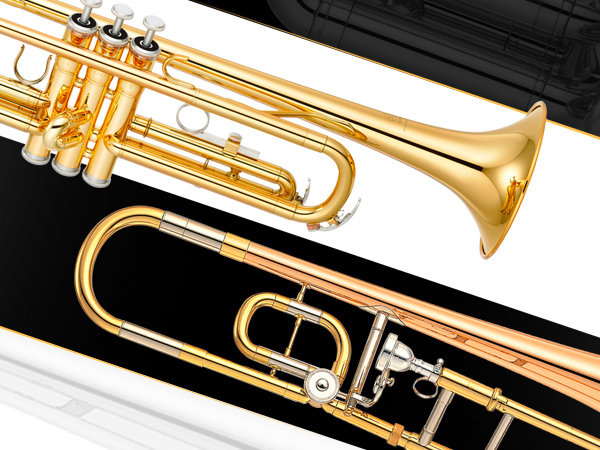Trumpet Trivia
Here are some factoids about the trumpet you probably never knew.
From prehistoric times to modern day, the trumpet is an instrument that has a rich and intriguing history. Want to know more? Read on…
Origins
The origins of the trumpet can be traced back several thousand years. However, since primitive trumpets were extremely basic wind instruments that the player sounded simply by moving his lips, they cannot clearly be distinguished from the forerunners of instruments such as French horn, which produce sound the same way.
Trumpets of old were made out of various materials, including wood, bamboo, bark, clay and metal — even human bone! Found on every continent, they are thought to have been used in religious ceremonies and even sorcery. In ancient Greece and Rome, trumpets were used for marching in wartime — a task for which they were well-suited! Eventually, almost all European royalty had trumpet bands that played military music.
But it wasn’t until the seventeenth century that the trumpet came to be used primarily in musical ensembles. At that time, however, it was still a so-called natural trumpet, which means the instrument could only produce the notes of the natural harmonic scale, so it wasn’t yet able to fully function like the modern trumpet. These trumpets had a very simple shape, with no valves — just a flared bell at the end. The only way a player could produce different notes was by varying his lip movement and the speed of his breath.
Enter the Valve
Before there were valves, whenever a trumpeter needed to play songs in different keys — such as C major and G major, for example — he would keep a C major trumpet and a G major trumpet on hand. Needless to say, looking after all these instruments and carrying them around was a lot of work! Accordingly, in around 1810 the valve was invented as a means for easily changing the length of the tube.
A valve is simply a device that changes the path taken by the trumpeter’s air. Additional tubes were added to the middle of the instrument and valves were attached at the point where they joined. These valves controlled which tube the trumpeter’s air would pass through, making it easy to change the length of the tube and enabling chromatic scales to be played.
A Trumpet with Keys?
As we’ve seen, the only technique that early trumpeters could rely on was lip control. As a result, the instrument was also limited in terms of the notes that it could produce. The trumpets of that era couldn’t play complex phrases filled with semitones; instead, they could only play simple notes such as C, E, and G.
Fortunately, there will always be people who will try and overcome limitations. Anton Weidinger — an outstanding Viennese trumpeter of the Classical period — was one such man. By adding keys to the tube, he devised an instrument that could play semitones. Weidinger asked a number of composers to write concertos for this new trumpet, including Joseph Haydn and Johann Hummel. Although Weidinger’s keyed trumpet was rendered obsolete by the appearance of the more functional valve trumpet in the mid-nineteenth century, it was due to his spirit of enterprise that the two greatest trumpet concertos in classical music came to be written.
What’s the Highest Note a Trumpet Can Produce?
There are many varieties of trumpet, and they also vary in range. The most common is pitched in the key of B♭, where the highest note that can be played is generally considered to be one octave higher than the C just above the middle line of the treble clef.
But there are ways to produce even higher notes. It’s actually not a question of the highest note that a trumpet can physically produce, but a matter of the highest note that can be played. In fact, performances by skilled musicians often extend up to two octaves higher than the instrument’s “highest” note. What’s the highest note YOU can play?
This posting is adapted from the Yamaha Musical Instrument Guide.
For more information about Yamaha trumpets, click here.














